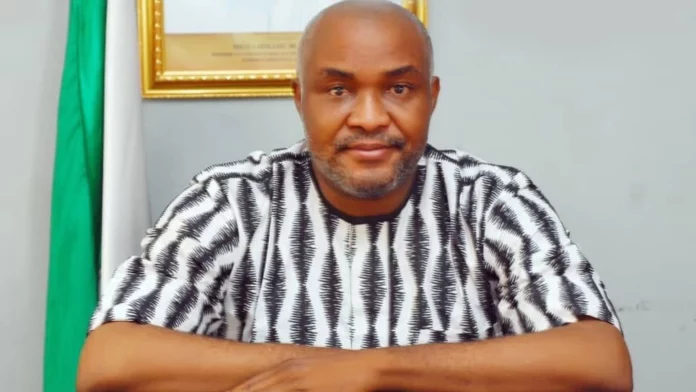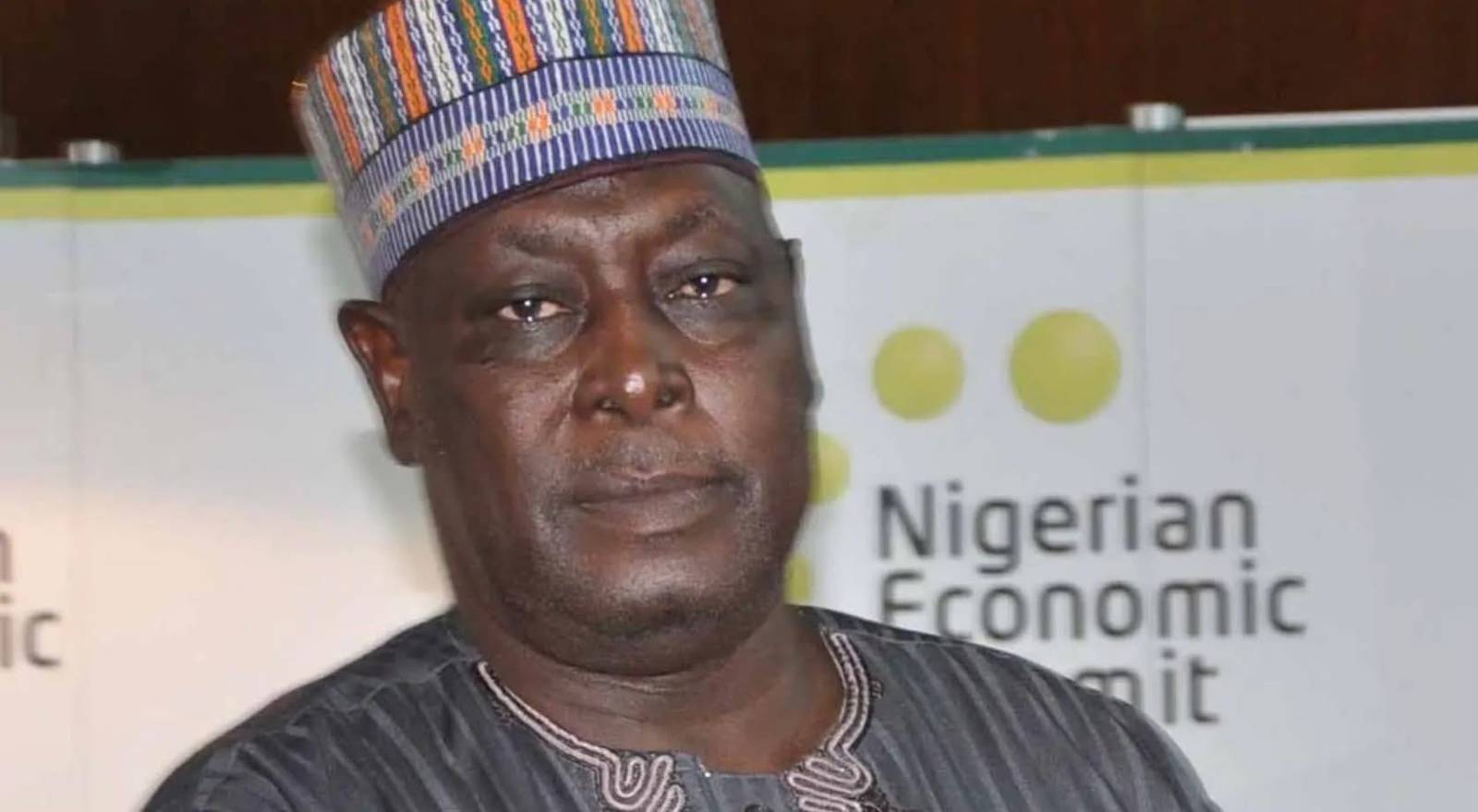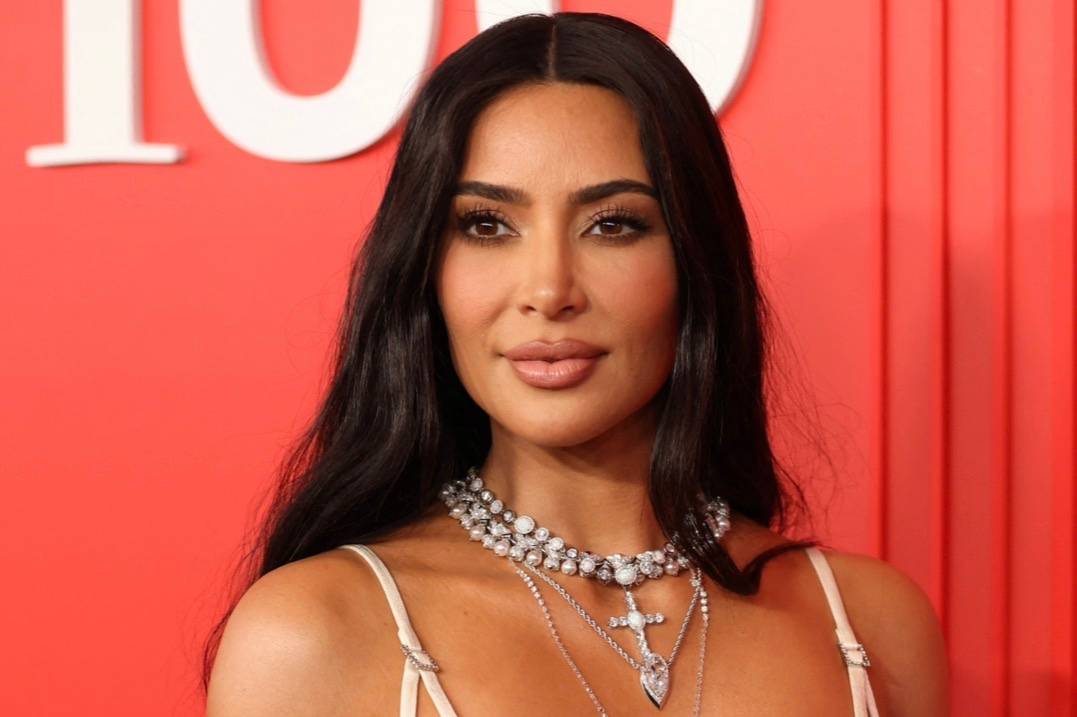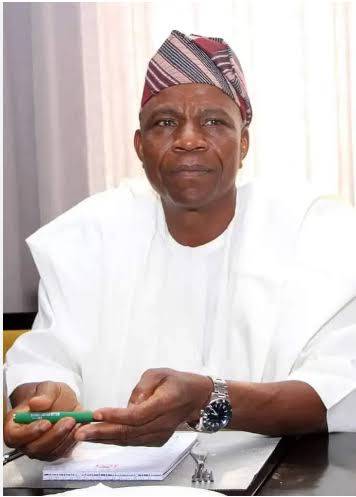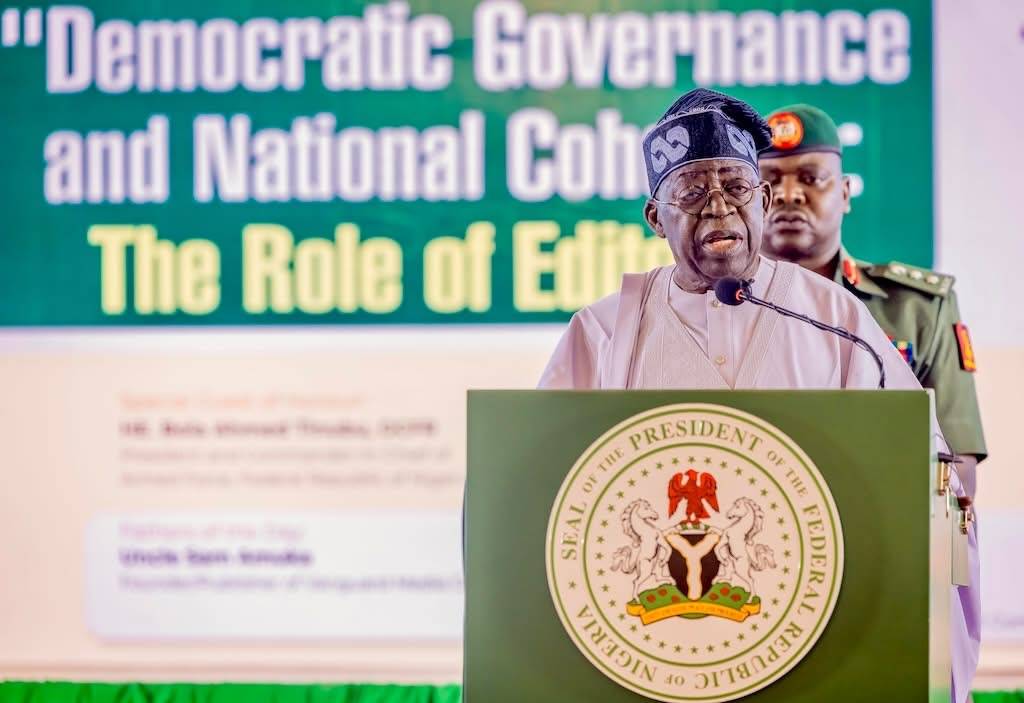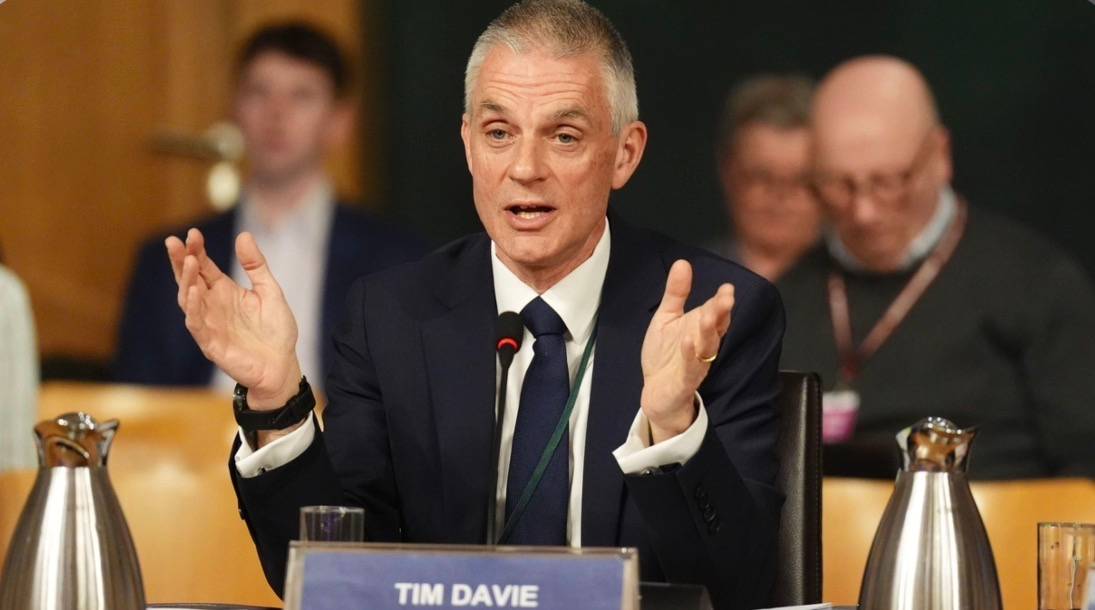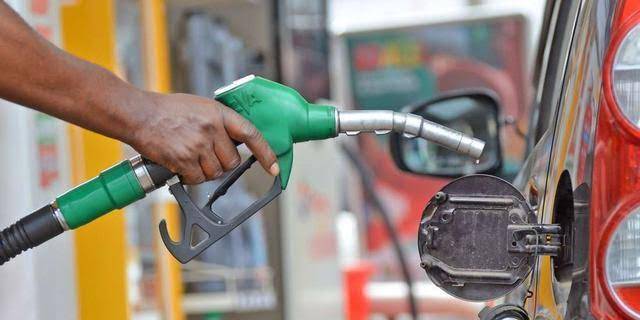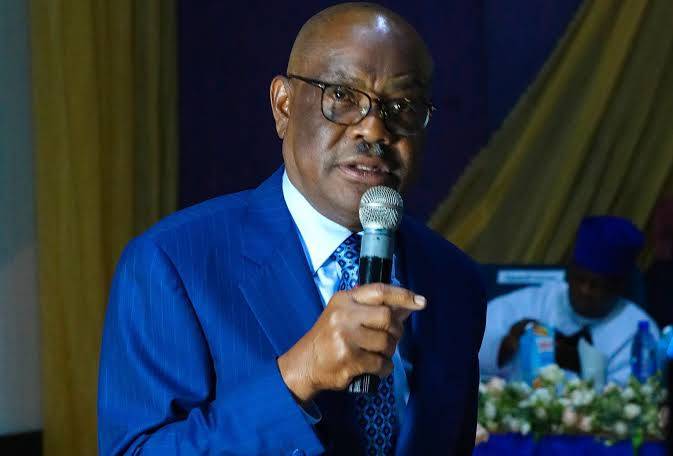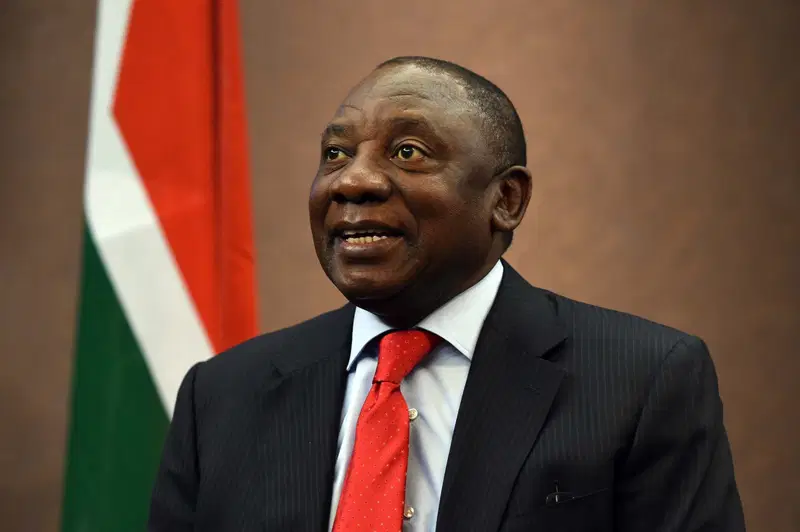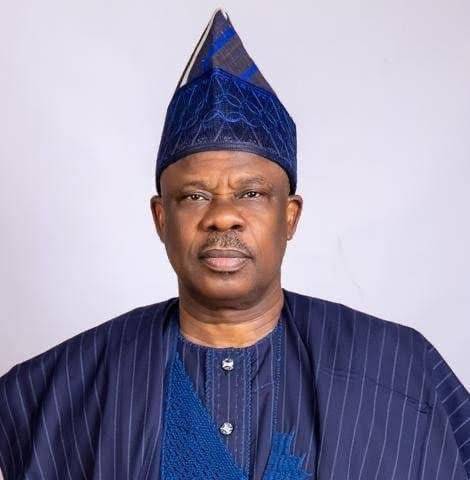By Emmanuel Onwubiko
Pete Hegseth, the US Secretary of Defense made a statement that the President of the United States of America Mr. Donald John Trump was working to achieve peace between Russia and Ukraine. He gave some preconditions for Ukraine such as saying that Ukraine would not regain parts of the Ukrainian territory captured by Russia since the invasion and the beginning of the war. The US Secretary of Defense, said too that US would not deploy any troops when the peace agreement is reached and that the NATO membership that Ukraine was hoping for is unrealistic.
The next day, US President Donald Trump then said he had a “lengthy and highly productive” phone call with Vladimir Putin on Wednesday in which the leaders agreed to begin negotiations to end the war in Ukraine.
In a post on his Truth Social platform, Trump said he and the Russian president had “agreed to have our respective teams start negotiations immediately”.
Later, Ukrainian President Volodymyr Zelensky said he had spoken with Trump about a “lasting, reliable peace”.
The calls with the warring sides came as both Trump and his defense secretary said it was unlikely Ukraine would join NATO, which will come as a bitter disappointment to Kyiv.
On Thursday, US Defence Secretary Pete Hegseth claimed Trump was the “one man in the world” capable of bringing both sides together and insisted US attempts to negotiate peace were “certainly not a betrayal” of the Ukrainian soldiers fighting invading Russian forces.
How the war started is as intriguing as how it is about to end if Trump has his ways. The current conflict in Ukraine began on 24 February 2022 when Russian military forces entered the country from Belarus, Russia and Crimea.
Prior to the invasion, there had already been eight years of conflict in eastern Ukraine between Ukrainian Government forces and Russia-backed separatists.
From a historical account derived from the official report of a government agency in USA, we are told about Russia’s war with Ukraine. The report narrated how we got here.
It stated that as Russian forces begin an all-out assault on Ukraine after months of troop buildup and failed diplomatic efforts by the U.S. and its European allies to head off conflict, the situation for Kyiv is the most high-stakes in the country’s 30-year history.
Since breaking from the Soviet Union, Ukraine has wavered between the influences of Moscow and the West, surviving scandal and conflict with its democracy intact.
Now it faces its biggest test as Russia threatens its very existence as an independent country.
Since the illegal annexation of the Crimean Peninsula in 2014, many Ukrainians have turned away from Moscow and toward the West, with popular support on the rise for joining Western alliances such as NATO and the European Union.
The United States has allocated $113.4 billion in emergency funding to support Ukraine, American partners affected by the Russia-Ukraine war, and US national security programs.
However, just because money has been allocated doesn’t mean it has been spent. Congress has set aside emergency funding for federal agencies to spend at their discretion and doles it out depending on the immediate and longer-term needs of Ukraine, US allies, and US weapons supplies.
So far, The United States has sent Ukraine over $60 billion in funding and equipment through military, economic, and humanitarian aid. Ukraine will have to repay some of these funds after the war, plus interest.
On February 13, 2024, the Senate approved the National Security Act, 2024. When it was enacted, it allocated approximately $60 billion for Ukraine-focused initiatives. This funding plan earmarked at least $13.4 billion for replenishing Department of Defense inventories designated for Ukraine, $13.8 billion for the Ukraine Security Assistance Initiative (USAI), and $1.6 billion in Foreign Military Financing for Ukraine and other impacted nations.
However, there is apprehension that Ukraine which did not lose the war that Russian Vladimir Putin brought to her territory, may eventually lose the peace if the preconditions spelt out by the USA are anything to go by. First and foremost, what’s the security guarantee that Vladimir Putin can keep to his side of the peace deal, if eventually Trump pulls through with the ceasefire and the eventual end of the war?
What would stop Russia under Putin from making another daring attempt at annexing Ukraine if the membership of North Atlantic Treaty Organisation is not awarded to Ukraine? Observers say if Ukraine should be enlisted into NATO, it would stop Russia from seeking any further annexation because Article 5, which mandates all members of NATO to defend her member who come under military attack by a non-member of NATO, is a sufficient safeguard to halt any further aggression by Putin on Ukraine.
Understandably, article 5 is the cornerstone of the Alliance. It means that an attack on one is an attack on all. This article historically, has been invoked only once in the seventy-year history of NATO: in the aftermath of the September 11th, 2001 terror attacks on the United States. And NATO membership can only succeed for Ukraine if there is no opposition from any of the members. It is stated in the governing rules that it is only if all the members agree, that NATO then invites the country to begin accession talks. These are the first steps in joining. The remaining steps involve the signing of a protocol to the North Atlantic Treaty Organization on the accession of the invited country.
Here is an interesting Reference from APNEWS as reported by ELLEN KNICKMEYER and LORNE COOK on July 11, 2024.
The aforementioned Foreign news agency reported that the 32-members of NATO formally declared Ukraine on an “irreversible” path to membership in the Western military alliance, offering a bare but more binding assurance of protection once its war with Russia ends.
NATO member countries individually and in a joint statement from their summit in Washington announced a series of steps aimed at bolstering Ukraine’s defenses. That includes the U.S., the Netherlands and Denmark announcing that the first NATO-provided F-16s would be in the hands of Ukrainian military pilots by this summer.
Ukrainian President Volodymyr Zelenskyy tweeted his appreciation of the effort to strengthen his air force, coming soon after Ukraine saw one of the deadliest strikes of the war.
NATO then also announced a long-term commitment of security assistance to Ukraine, and confirmed the establishment of a new NATO center aimed at ensuring that Ukraine gets a more reliable flow of arms and training from members of the alliance. But the commitments still fall short of the striking power Ukraine says it needs to defeat the invading Russian forces.
But the emergence of Trump has changed all the dynamics, particularly with the current standpoint of the government of USA that membership of NATO by Ukraine is no longer guaranteed. Again, President Donald John Trump announced that he would meet personally in Saudi Arabia with Vladimir Putin just as it is understood that in their phone conversations that lasted 90 minutes, there were no indications that President Trump criticised Putin for starting the war on Ukraine.
Surely, these are not the best of times for Ukraine. When the Democrats were in charge of America, that nation singlehandedly picked most of the war expenses for Ukraine but with the new warning from Trump demanding that Europe lead the war assistance to Ukraine, and also the forceful push for an end to the war by Trump on some terms considered as advantageous to Russia, we can as well hazard a guess that although Ukraine did not lose the war waged on her by Russia, it may lose on many fronts if the peace agreement by Trump is signed and if Russia is not made to accept some preconditions including never to invade Ukraine nor any of her neighbours. Only time will tell.
Emmanuel Onwubiko Writes From Abuja.


